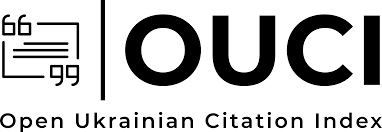Low-Cost Carbon Biochar for Removing Methylene Blue from Its Aqueous Solution
DOI:
https://doi.org/10.54361/ajmas.258467Keywords:
Methylene Blue, Date Stones, Adsorption, Batch Mode.Abstract
Environmentally, water pollution is considered the most important issue because of its hazard to humans, animals, and aquatic. The importance and necessity of water is because its presence determines the existence and health of these living forms of life. However, humans were not able to treat the environment (Water) well because of the human population increment and extensive human agricultural and industrial activities, particularly in regions close to water resources. Industries dealing with the use of dyes, such as textile ones, have water effluents as wastewater when thrown to the rivers and seas can pose a serious environmental problem as it causes harm to the biota of the receptor water. This study examines the efficiency of the Biochar (BC) obtained from date stones (DS) in the removal of a basic dye model called Methylene blue (MB) from its aqueous solution. A batch mode system was used, and experiments were run to assess the effects of BCDS adsorbent dose (30-100 mg), pH (3-9), contact time (0-30 min), and MB initial concentrations (5-30 mg/l). The sorption exhibited high efficiency for MB adsorption, and the equilibrium state could be achieved in 30 minutes for the different MB initial concentrations. MB uptake was proven to increase with the increase in BCDS dose, pH, contact time, and MB initial concentration. Therefore, BCDS has the potential to be used as a local, abundant, low-cost, eco-friendly adsorbent for the removal of MB from aqueous solutions.
Downloads
Published
How to Cite
Issue
Section
License
Copyright (c) 2025 Karema Al-Swayah

This work is licensed under a Creative Commons Attribution 4.0 International License.















